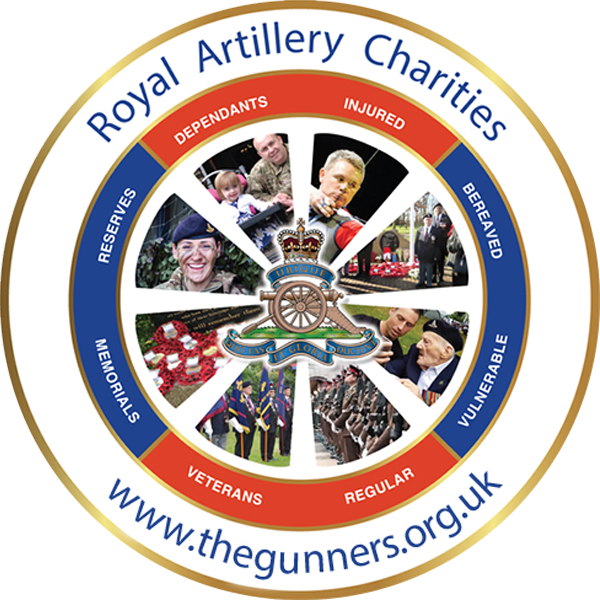Report a Post
Pronto49 - 17th October 19:04
JOINT WARRIORS AT RAF BOULMER
RAF Boulmer is hosting to two units taking part in Exercise JOINT WARRIOR.
The exercise is a tri-service and multinational exercise conducted in the UK during the spring and autumn of each year. It is UK led and provides high quality co-ordinated training at the tactical level for all three UK Armed Services and numerous visiting units from invited allied nations.
Exercise participants consist of more than 22 warships and submarines, 52 fixed wing aircraft and up to 3500 personnel from 16 nations: UK, Belgium, Canada, Denmark, Estonia, France, Germany, Latvia, Lithuania, the Netherlands, New Zealand, Norway, Poland, Spain, Sweden and the US.
During Exercise Joint Warrior, Number 1 Air Control Centre (No 1ACC) has deployed over 70 personnel to RAF Boulmer, along with its Type 101 long-range air surveillance radar and Tactical Air Control Centre.
No 1 Air Control Centre (No 1ACC) is a key component of the UK Air Surveillance and Control System (ASACS) Force. It is the RAF’s deployable tactical air command and control capability and can be deployed worldwide at short notice. In recent years, No 1 ACC has participated in operations around the world, including in Iraq, Afghanistan and more recently Cyprus.
Working from the RAF Boulmer Operations Site during Exercise JOINT WARRIOR, No 1 ACC is providing surveillance and control across the airspace from the Irish Sea, north to Cape Wrath and east to the Moray Firth. It provides a vital capability in command and control of aircraft practising air-to-air tactics and also supports ships, submarines and ground troops participating in the exercise.
Wing Commander Duncan Sackley, Officer Commanding No 1ACC said:
“Exercise Joint Warrior provides a fantastic opportunity to work with a wide range of NATO and allied nations to further develop our combined warfighting skills which pivotal to success in future joint operations”.
Also based at RAF Boulmer for part of Exercise JOINT WARRIOR is 49 (Inkerman) Battery Royal Artillery. This is a Joint Royal Air Force/Royal Artillery Unit, commanded by an RAF Squadron Leader, and comprises officers and airmen of the Aerospace Battle Management branch and Aerospace Systems Operator trade and officers and soldiers from the Royal Artillery (RA) and the Royal Electrical and Mechanical Engineers.
Working from the old Administration Site at RAF Boulmer, and completely self-sufficient, 49 Battery installed a range of military hardware, the most distinctive of which is the G-AMB (Giraffe - Agile Multi Beam) radar as part of the wider Land Environment Air Picture Provision (LEAPP) system which is just arriving into service. LEAPP's role is to provide the Army with an organic Recognised Air Picture, enabling a range of functions such as Air Defence, Joint Fires Coordination and Battlespace Management.
Consisting of some 20 vehicles and 50 military personnel participating in the Exercise, the unit is undertaking 24 hour operations throughout the two-week period. This is the first Exercise deployment of LEAPP and is a vital step in the continued progression of 49 Battery RA as it prepares to achieve the high state of readiness to deploy in support of future worldwide operations by January 2015. After their deployment to RAF Boulmer, the unit will then re-deploy to the far North-West of Scotland to complete the Exercise.
Squadron Leader Mark Hinde, the Battery Commander, said:
"Participation in Ex JOINT WARRIOR is a fantastic opportunity for the Battery. The exercise provides essential training for my surveillance team to work in a live air exercise environment - a vital skill required to support future operations worldwide."
Exercise JOINT WARRIOR represents a valuable opportunity to demonstrate the range of capabilities available for contingency operations and provides excellent training which tests the high readiness capabilities of the Armed Forces.
To meet the participant nations’ training needs, the exercise simulates a broad range of evolving crises and conflict scenarios that could be realistically experienced in operations, involving multiple sovereign nations, disputed territory, terrorist activity and smuggling. The exercise developed through a period of military and political tension into simulated warfighting and potentially state on state hostilities; all of which are designed to provide quality collective training opportunities and across air, land and sea.



